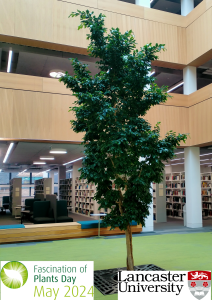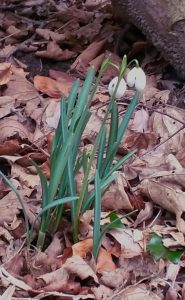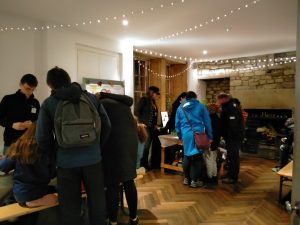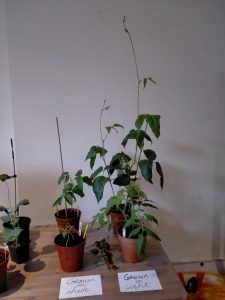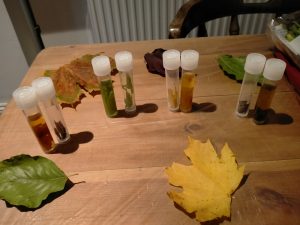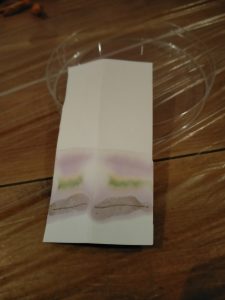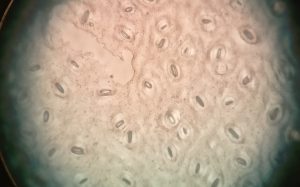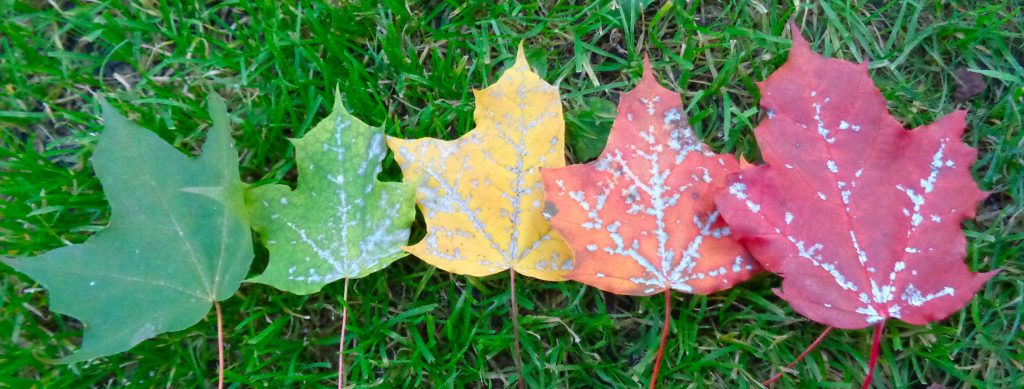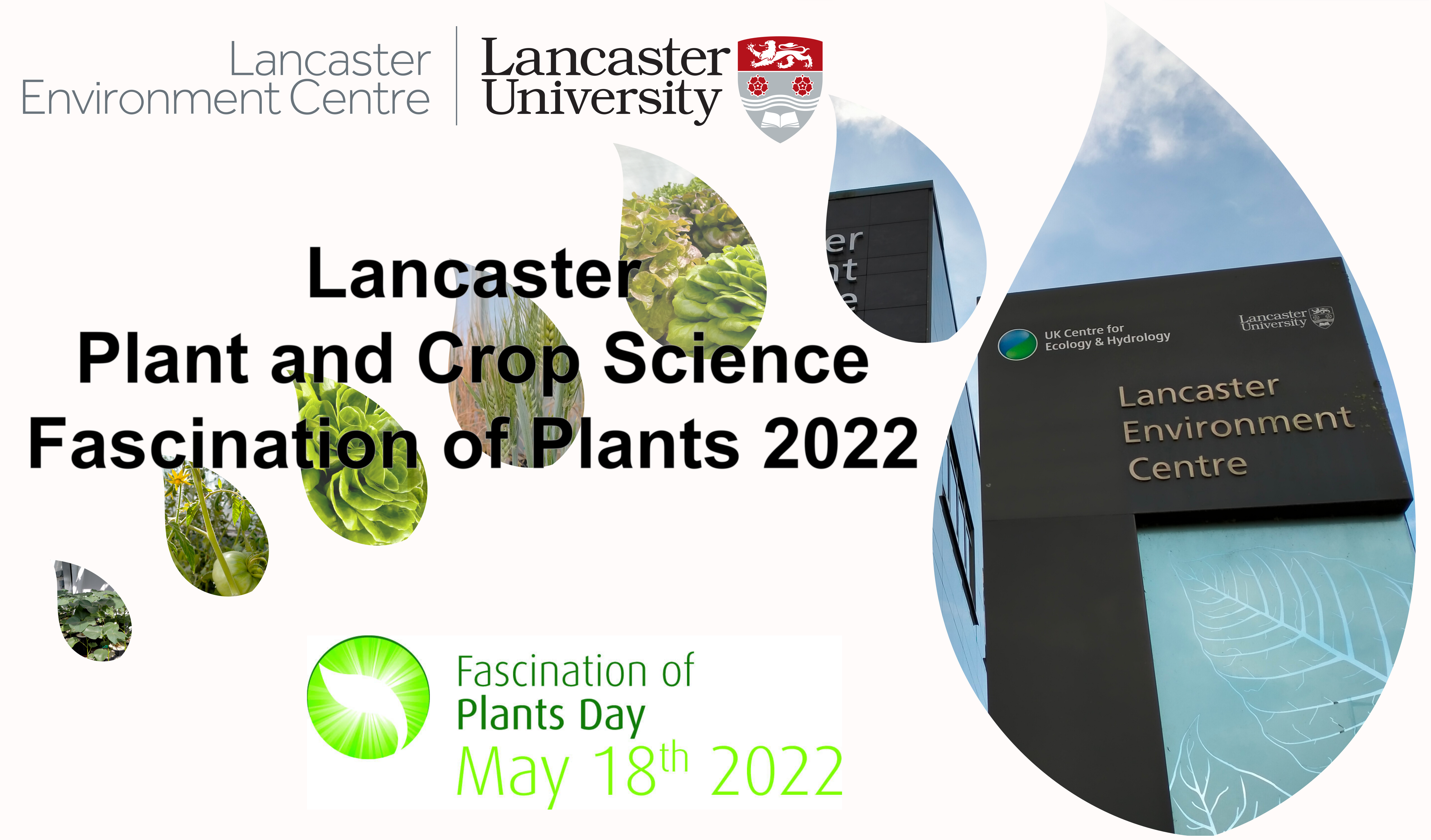Fascination of Plants Day 2024 is around the corner!
We will be in Lancaster Charter Market this Saturday 18th of May, from 10am to 4pm, doing activities for everyone to discover the fascinating world of plants. Come and join us to learn more about our work in plant research at Lancaster University, why we love to work with plants and learn all the cool things they can do, and why they are so important for our future.
On top of the activities we have created a map with a trail to visit some of the beautiful parks and woodlands in Lancaster. So, fingers crossed for a spring sunny day, put on your comfortable shoes and enjoy Fascination of Plants Day in Lancaster. 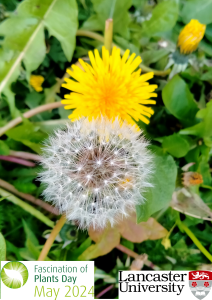
For more information, past events, and upcoming events in your area you can visit Fascination of Plants Day official site (click here) or visit our Fascination of Plants for more information (click here).
Tamara

